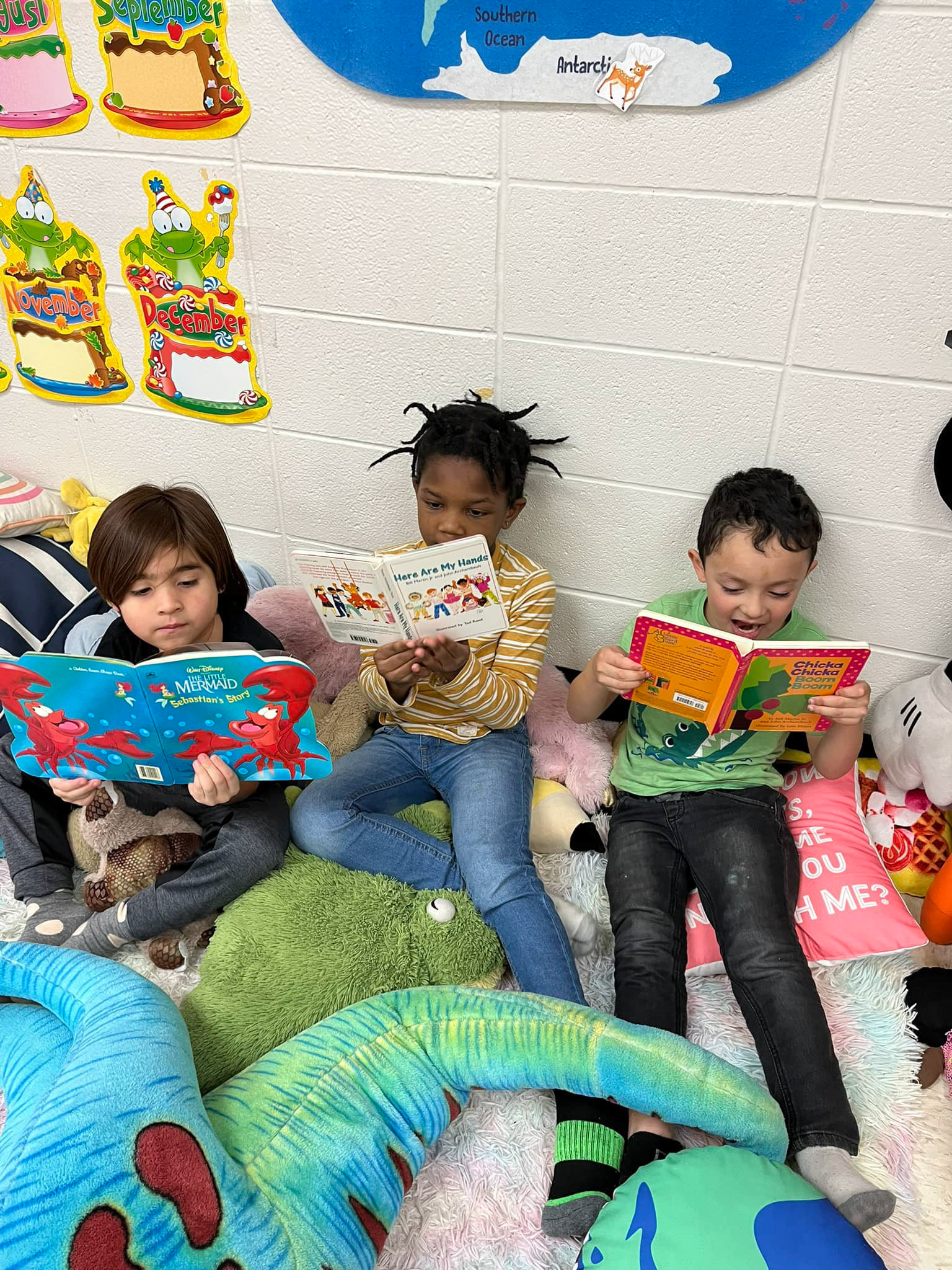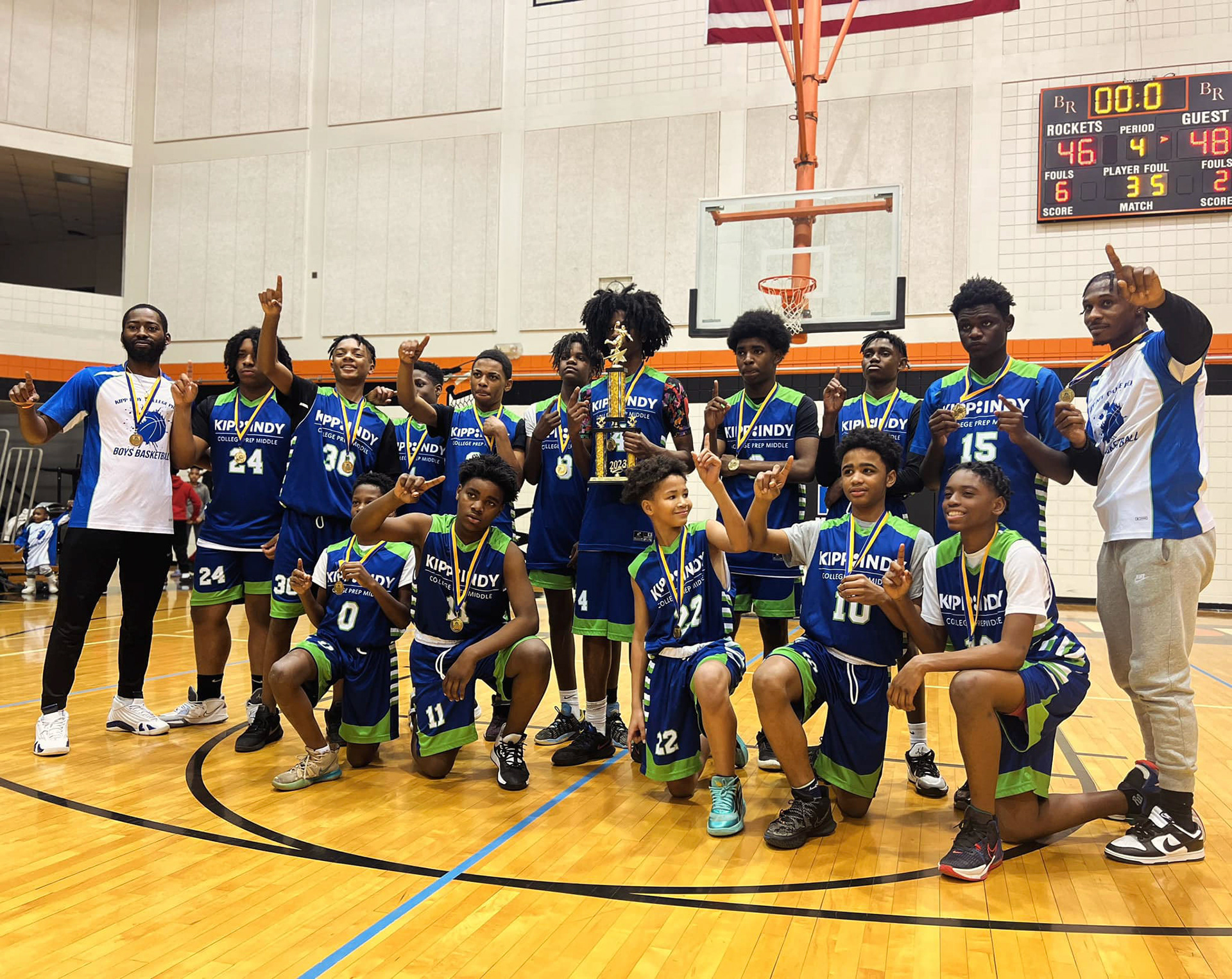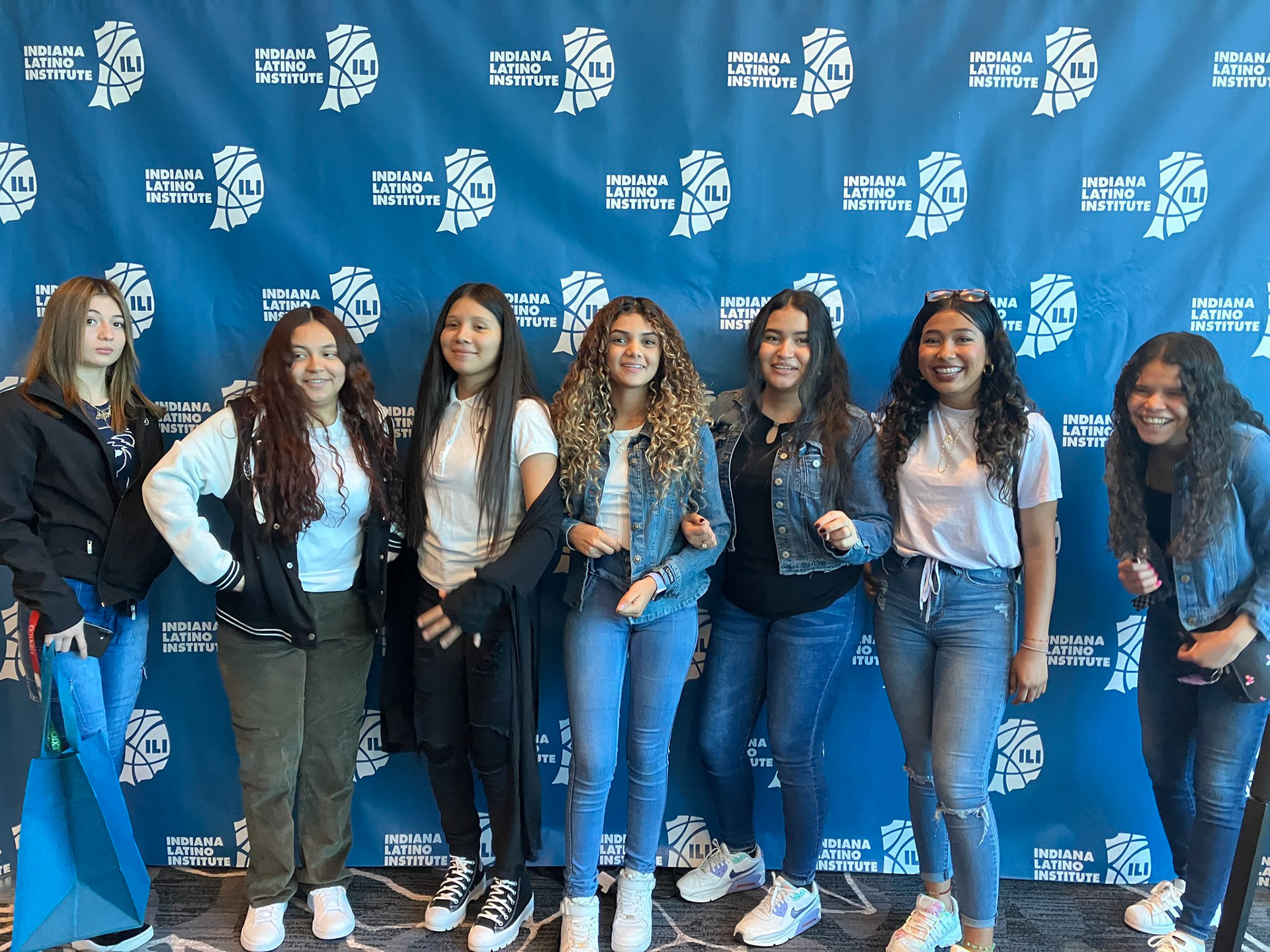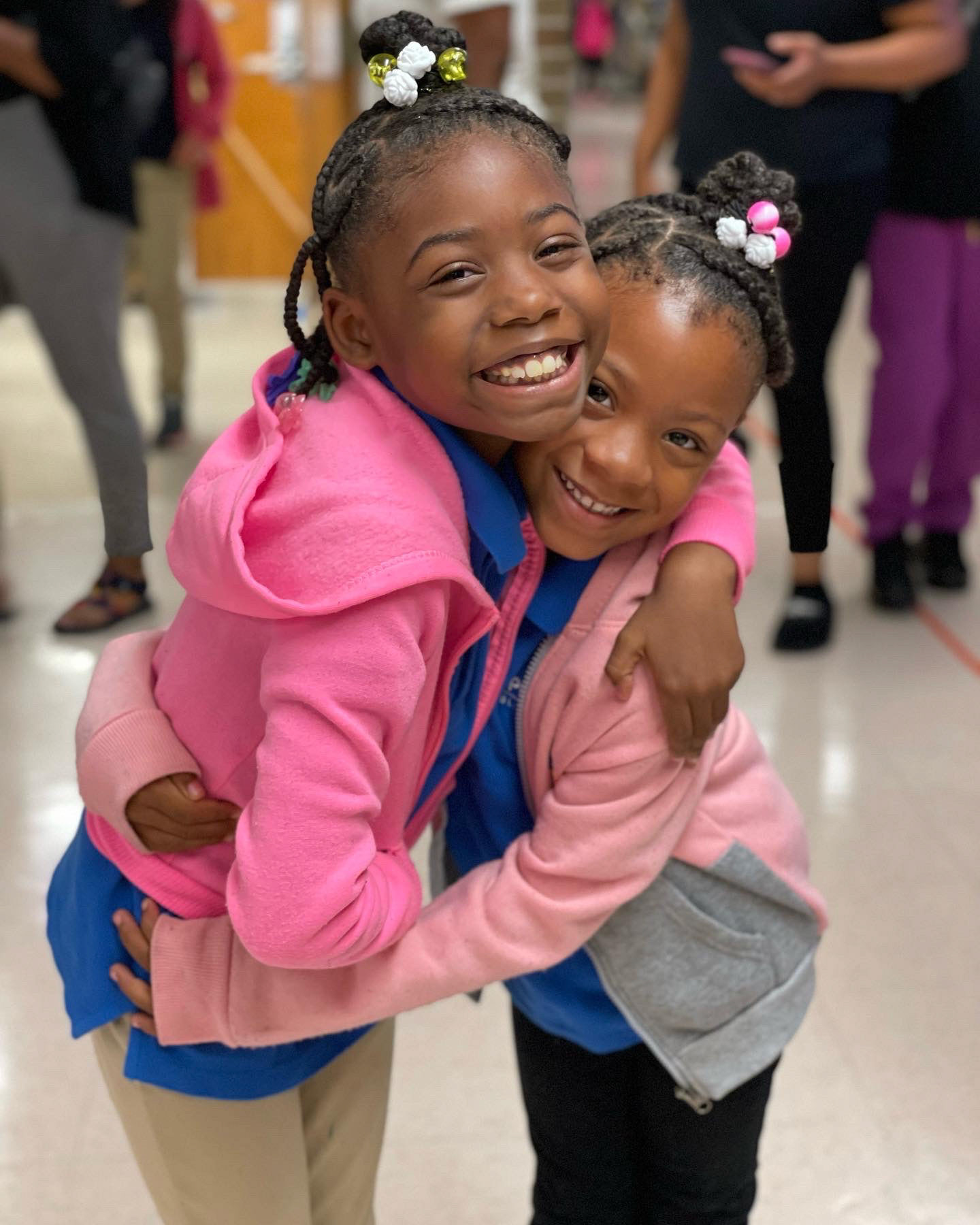Education has always been integral to the quality of life in Martindale-Brightwood. Alongside communities of faith, small businesses, and dedicated non-profits, schools have been a crucial part of the neighborhood’s fabric throughout the community’s rich history. The history of education in Martindale-Brightwood has been defined by dedicated educators and schools that range from IPS schools and public charter schools to religiously-affiliated private schools and high-quality early childhood options. Despite a redoubtable history, Martindale-Brightwood has also been significantly impacted by policy decisions that have led to tremendous levels of education instability. As a result of IPS being found guilty of having segregated schools in 1973, the Indiana State Supreme Court mandated the one-way busing of African American students out of Center Township neighborhoods, including Martindale-Brightwood, to outlying townships. This decision meant that for most families their ‘boundary’ school district - starting in the early 1980’s through 2017 – was Perry Meridian, 35 minutes south of the neighborhood. This policy catalyzed multiple decades where disinvestment in education in Martindale-Brightwood led to substantial instability. Since 1980, 27 schools have closed within a half-mile radius of the Martindale-Brightwood community. As a result of this instability, education opportunities and attainment have been limited.
Throughout the past four decades when school closures have been too often a defining feature of the education context in Martindale-Brightwood, non-profits, churches, and neighborhood leaders have stepped up to provide crucial consistency, wrap-around support and programming, and mentorship. Building on that commitment, over the past decade educational institutions have established a renewed commitment to the community, strengthening collaboration with existing assets, and making new investments in alignment with the neighborhood’s previous quality of life plans. As a result of that approach, education options in the community have stabilized and students in the community are poised to realize long-term attainment gains. At the heart of this revitalization is the collaboration between KIPP Indy Public Schools and the Edna Martin Christian Center. In the 24-25 school year, KIPP Indy will educate over 80% of the students that go to school every day in Martindale-Brightwood. Together, KIPP Indy and EMCC have strengthened educational options for students from birth through college, built the first new high school in the community in direct response to the previous quality of life plan, and strengthened collaboration with key community institutions like Oasis of Hope Baptist Church and Frederick Douglas Park as well as residents. While there is still a significant journey to travel as far as attainment is concerned, student results have been encouraging: 100% of the 186 students that have been enrolled as seniors in KIPP Indy Legacy High’s first two graduating classes have graduated on-time, with 90%+ going on to enroll at 2 or 4-year higher ed institutions or high-quality career, technical education certification programs. Students at KIPP Indy consistently perform in the top quartile of schools in the city for academic growth, and the community has provided robust support to ensure that more students are attending school every day and able to sustain their enrollment year over year.
In addition to KIPP Indy and EMCC, The Oaks Academy, James Russell Lowell at School 51, and Martin University all play integral roles in the neighborhood’s education environment. As the community looks to the next five years, stakeholders are focused on significantly impacting quality of life across four key areas within education:
1) strengthening the pipeline for high-quality early childhood education so that students enter kindergarten prepared and ready to access grade-level content;
2) increasing the number of seats at neighborhood schools so that families in Martindale-Brightwood don’t have to leave their community to find a great school;
3) continuing to strengthen collaboration between community institutions, residents and families, and schools in order to improve student attendance, attainment, and retention; and
4) improve student preparedness for and enrollment in high-quality postsecondary programs.
Martindale-Brightwood’s rich history provides the inspiration that today’s educators and leaders need to build on the investments, increased collaboration, and outcome momentum that the community has experienced over the past decade. Students in Martindale-Brightwood are brilliant, resilient, and have limitless potential, and as we look to the next five years the neighborhood is poised to support them in new ways so that they have countless options and can pursue pathways that align with their passion and purpose.
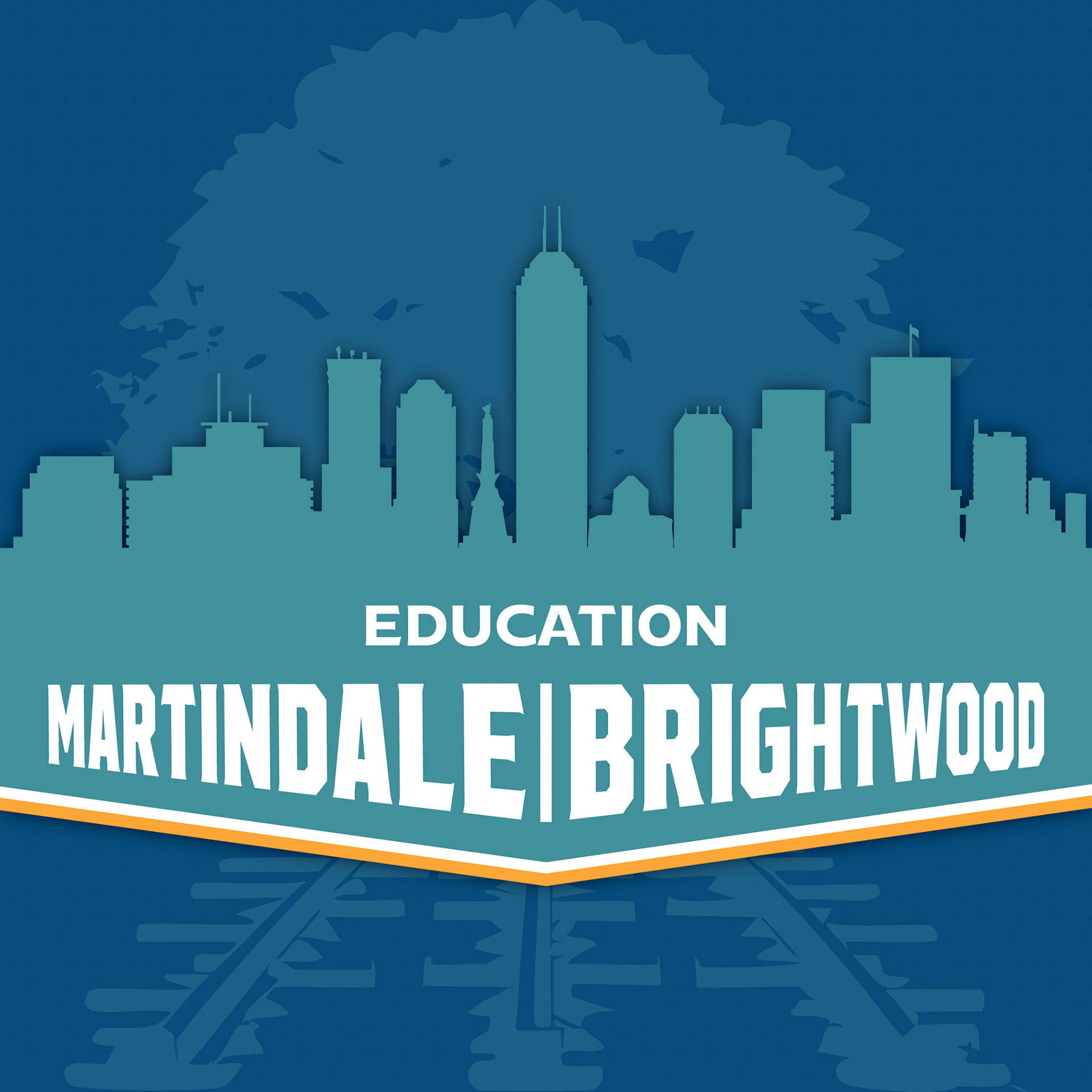
Goals & Strategies
Goal 1
Ensure families have a strong pipeline for children 0-5 for early childhood developmental and educational opportunities and interventions.
Ensure families have a strong pipeline for children 0-5 for early childhood developmental and educational opportunities and interventions.
Strategy 1.1
Expand the number of children and families participating in home visiting programs such as Parents as Teachers, Healthy Families, or Nurse Family Partnership
Expand the number of children and families participating in home visiting programs such as Parents as Teachers, Healthy Families, or Nurse Family Partnership
Strategy 1.2
Implement appropriate early developmental assessments and intervention access with Martindale Brightwood children 0-5
Implement appropriate early developmental assessments and intervention access with Martindale Brightwood children 0-5
Strategy 1.3
Ensure that children 0-5 can access high quality early childhood education opportunities in Martindale Brightwood
Ensure that children 0-5 can access high quality early childhood education opportunities in Martindale Brightwood
Goal 2
Students can successfully complete their K-12 education at high quality, neighborhood schools.
Strategy 2.1
Ensure that Martindale-Brightwood schools have enough seats to accommodate neighborhood students
Students can successfully complete their K-12 education at high quality, neighborhood schools.
Strategy 2.1
Ensure that Martindale-Brightwood schools have enough seats to accommodate neighborhood students
Strategy 2.2
Provide high-quality instructional systems and practices to maximize growth & proficiency for all students, including diverse and Multilingual Learners
Provide high-quality instructional systems and practices to maximize growth & proficiency for all students, including diverse and Multilingual Learners
Strategy 2.3
Provide identity affirming, well-rounded K-12 offerings to students.
Provide identity affirming, well-rounded K-12 offerings to students.
Strategy 2.4
Provide Quality Out of School Time (OST) options to provide experiential learning for students and support families with the assurance of a safe, welcoming learning environment.
Provide Quality Out of School Time (OST) options to provide experiential learning for students and support families with the assurance of a safe, welcoming learning environment.
Goal 3
Increase collaboration between schools, community, and families to support student success
Increase collaboration between schools, community, and families to support student success
Strategy 3.1
Ensure Martindale-Brightwood schools implement vision for consistent, authentic family engagement to support student success
Ensure Martindale-Brightwood schools implement vision for consistent, authentic family engagement to support student success
Strategy 3.2
Implement family and community engagement programming and support to ensure financial and social stability and high levels of engagement among families.
Implement family and community engagement programming and support to ensure financial and social stability and high levels of engagement among families.
Goal 4
Ensure students have a positive post-secondary plan including college, certifications, military, apprenticeships, and entrepreneurship
Ensure students have a positive post-secondary plan including college, certifications, military, apprenticeships, and entrepreneurship
Strategy 4.1
Graduate students from high school ready for success in career and college
Graduate students from high school ready for success in career and college
Strategy 4.2
Develop & implement sustainable college and career counseling model to maximize post-secondary success, as defined by enrollment in 2 or 4 year college, military, CTE, and employment
Develop & implement sustainable college and career counseling model to maximize post-secondary success, as defined by enrollment in 2 or 4 year college, military, CTE, and employment
Strategy 4.3
Young people achieve, persist, and complete in their positive post-secondary plan
Young people achieve, persist, and complete in their positive post-secondary plan
Strategy 4.4
Adult and Non-traditional students undertake post secondary education and training to advance in their career goals
Adult and Non-traditional students undertake post secondary education and training to advance in their career goals
